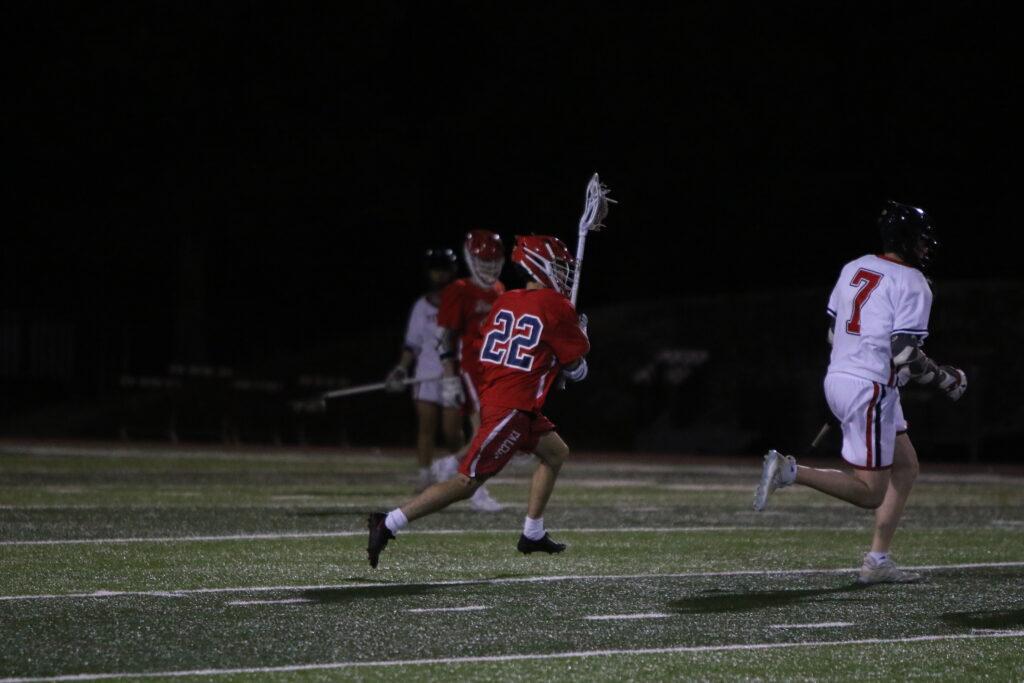At age 11, Arul Venkatesh sat in front of the television set, his eyes glued to the Formula One competitors speeding around the track in polished go-karts, blurring past the world beyond them and obeying only the drop of the checkered flag.
From that point, Venkatesh was inspired to become a professional kart racer, and he soon found a place to practice: Sonoma Raceway, 34 miles north of San Francisco.
Kart racing is a sport in which single racers compete one another on tracks in go-karts or smaller model cars. Go-karting first became a sport in the 1960s after American Art Ingels made the first go-kart in Southern California. Since then, the sport has become popular all over the world, from Paris to Berlin to the Bay Area.
Although Venkatesh has participated in two regional competitions and one national competition, he is not part of a team because he said he prefers individual sports over team ones. He recently competed in Sanzaru, a racing series held at Sonoma Raceway, where he placed fourth out of 30 racers.
The sophomore usually practices twice a week in 3-hour sessions at Sonoma Raceway. Each weekend, he travels up to the racetrack to meet his coach. His practices qualify him for ISPE (Independent Study Physical Education) credit.
In an average practice, Venkatesh warms up his go-kart by heating his tires by slowly driving around the track. Then, he keeps running the track for the remainder of the practice to find a personal best time for each practice.
“A typical practice involves being safe, but pushing yourself to the limit at the same time,” Venkatesh said.
But he said races differ greatly from practices.
“A race is more aggressive, since there is more contact and bumping, and it becomes about endurance when you are doing a 2-hour non-stop stretch,” he said.
Although most people might find the adrenaline-fueled nature and high speeds to be nerve-racking, Venkatesh values these aspects of karting.
“My favorite part is the adrenaline rush you get from driving at over 75 mph and pushing yourself to the limit,” Venkatesh said. “It is a extremely visceral experience.”
Venkatesh also described go-karting as more “pure” in the sense that it has few athletic scandals, unlike football (think Tom Brady) or baseball (think Alex Rodriguez). Venkatesh added that karting is “relatively cheap” to get involved in compared to formula open wheel racing, which involves larger, actual cars.
The most difficult thing for Venkatesh is finding the balance between speed and perfect lines around the track. One trick that he uses to improve his time is “taking the right lines” or lanes: Venkatesh starts an outside lane and quickly swerves into an inside lane during a turn.
He advises go-karters to break as late and as hard as possible. Venkatesh hopes to replace his current go-kart with a shifter kart in the near future, as shifter karts will allow him to shift lanes on turns at a much faster speed.
“I usually go 80 mph plus, although I plan to get a shifter kart that goes above 100 mph,” Venkatesh said.
At such speeds, Venkatesh wears an assortment of safety gear. His gear includes a helmet, rib cage protector, neck protector, fire retardant suit and shoes. In his five years of go-kart racing, he has managed to avoid injury.
How do his parents feel about his doing the potentially dangerous sport? He said it worries his mother, but his father has been fully behind him and worries less.
Ultimately, Venkatesh said he hopes to pursue his dream after advancing to college.
“I definitely plan to continue throughout college, and if I get a sponsorship for Formula Three, I may drop out of college and pursue my passion for racing,” he said.


























